The Asus ZenBook 3 was the first PC Asus unveiled at its Computex 2016 press conference, but then there were also two other offerings, one of which is more affordable: the Transformer 3 Pro and Transformer 3. These may look like regular tablets at first glance, but they can be powerful gaming machines.
First, let’s get the elephant in the room out of the way: yes, both of these Transformer 3 models bear a striking resemblance to the Microsoft Surface lineup. The Transformer 3 Pro is the most similar with its metal kickstand, while the regular Transformer 3 has a case that acts as a stand instead.
In terms of specifications, both tablets are almost carbon copies of each other. They are equipped with a 12.6-inch 2880 x 1920 3K display, up to 1TB of lightning fast PCIe SSD (the Transformer 3 goes up to 512GB only), several connectivity options such as a Thunderbolt 3 port, and up to 16GB of RAM on the Pro variant and 8GB on the standard model. As for the processor of these tablets, things get very interesting: the Pro model can be equipped with a Skylake Intel Core i5 or i7 processor, but the standard variant will supposedly come with the recently announced seventh generation Intel Core processors.
One of the reasons why this is particularly interesting is the fact that Intel’s Kaby Lake processors – the codename for the company’s seventh generation chips – will only be made available towards the end of 2016. An Asus representative, on the other hand, told us that the Transformer 3 will belaunched in Malaysia sometime in Q3 2016. Naturally, when I got the opportunity to get my hands on a unit of the Transformer 3, I looked at its specifications, and I was…well, underwhelmed.
Instead of finding a seventh generation Intel Core processor, the system information showed an Intel Core m7-6Y75 processor instead, which is a Skylake-based chip. However, this could merely be an unannounced base variant of the Transformer 3; I was also told that the unit I tested was an engineering unit.
By now, you may have noticed that there was no mention of the Transformer 3 Pro and Transformer 3’s dedicated GPUs. After all, these are “VR-ready tablets,” right? Well, they don’t have one: they merely utilise their respective processors’ integrated GPU. But, both of these laptops have a trick up its sleeves; namely, the XG Station 2.
According to Asus’ product guide, the Transformer 3 Pro and Transformer 3 can be paired with the external graphics docking station via their Thunderbolt 3 ports. Naturally, the XG Station 2 can be equipped with Nvidia’s latest – and greatest yet – GeForce GTX 1080 graphics card. Needless to say, this will turn these tablets into powerful gaming powerhouses.
As for the tablets themselves, they are definitely similar to each other in more ways than one. Both the Transformer 3 Pro and Transformer 3 have gorgeous displays, and their respective trackpads are smooth to the touch and accurate – well, for the most part. I had some issue with the Transformer 3’s trackpad, where the mouse pointer was jumping around. Again, I was told the unit is an engineering sample, and the company is aware of the issue.
The keyboards of these tablets, on the other hand, aren’t quite the same. I found the Transformer 3 Pro’s keyboard to be more satisfying to type on; it simply felt more tactile and firm, not to mention the fact that I can raise the keyboard slightly – this isn’t possible with the Transformer 3. It’s pretty odd to type on the Transformer 3’s keyboard with it lying flat on any given surface.
In terms of how good the Transformer 3 Pro and Transformer 3 feel in my hands, they are definitely premium. Although the edges of the Pro model can be quite sharp to the touch, the build quality of these tablets inspire confidence. I also really like the concentric circle finish on the back of the Transformer 3, along with the kickstand of the Pro variant, which utilises a form of tension system similar to the Surface Pro 4.
Many manufacturers have their own take of the Surface form factor, and it’s not hard to see why: the Surface Pro 4 and its predecessor were very well-received by consumers. While the Asus Transformer 3 Pro and Transformer 3 look similar to the Surface tablets, the fact that they are compatible with Asus’ XG Station 2 give them a competitive edge. As someone who values both portability and performance, I am very intrigued by these two tablets.
Well, I would be even more intrigued if Asus would shed more light on the XG Station 2. Despite the fact that it was announced back at CES 2016, the company has not given any detail on the retail price or availability of the external graphics docking station. If it is priced right, the Transformer 3 tablets will be that much more compelling.

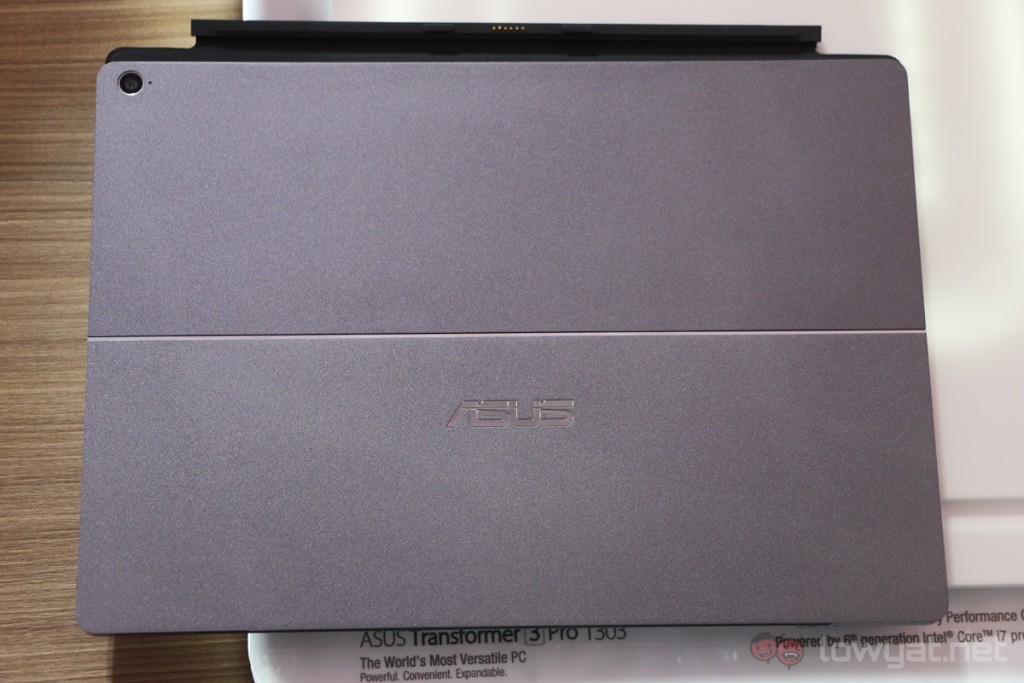
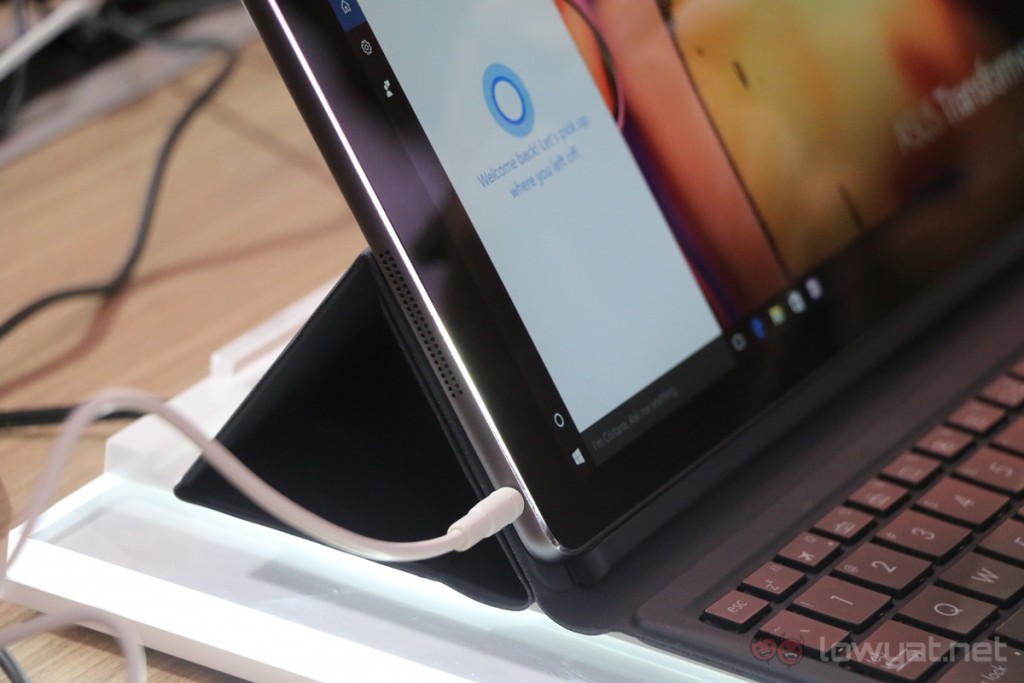
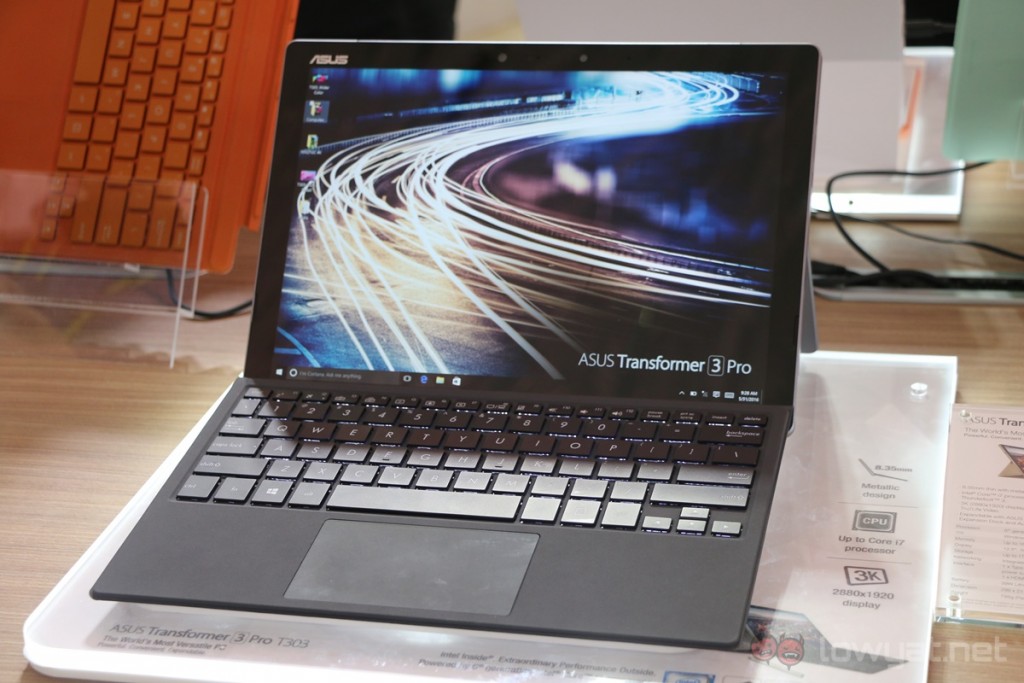
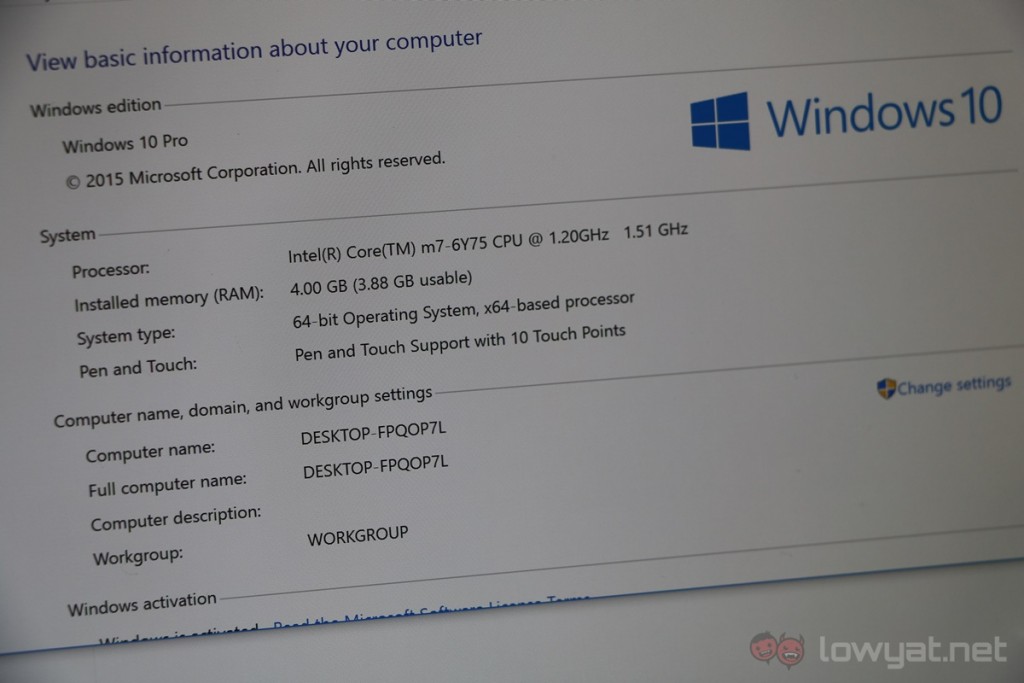
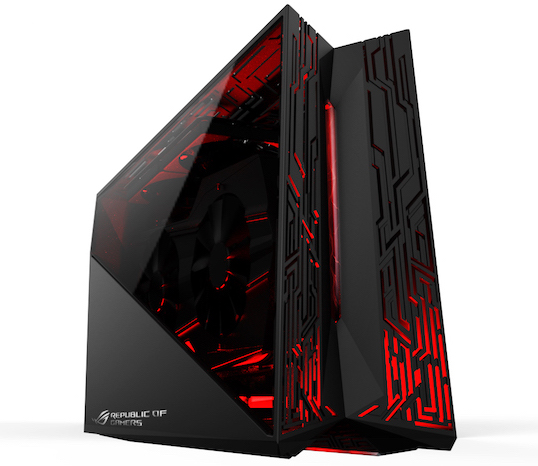
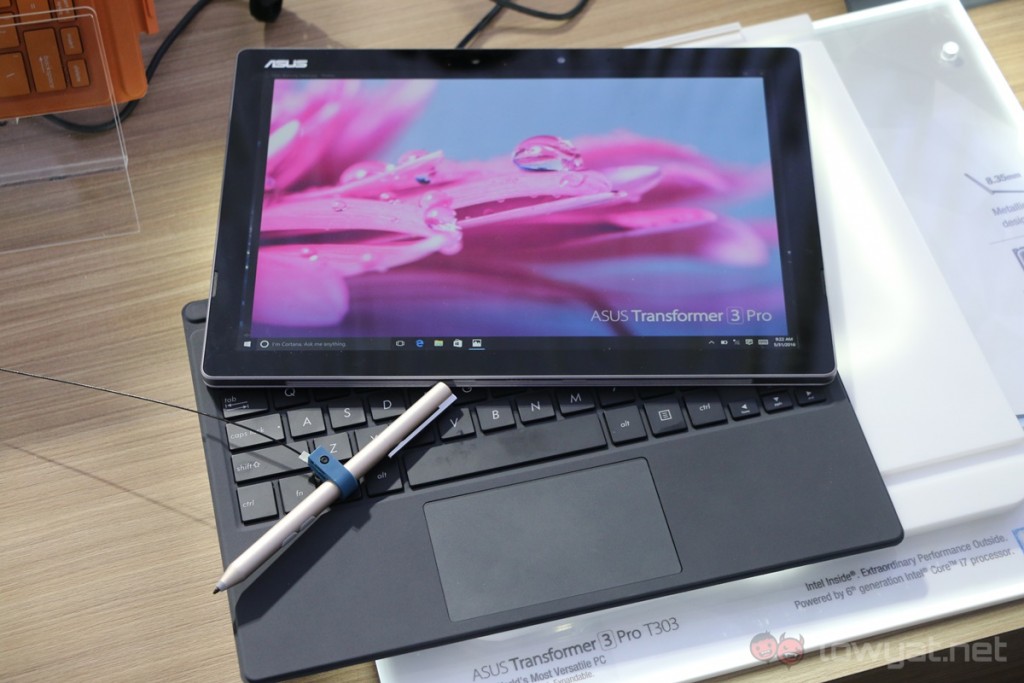
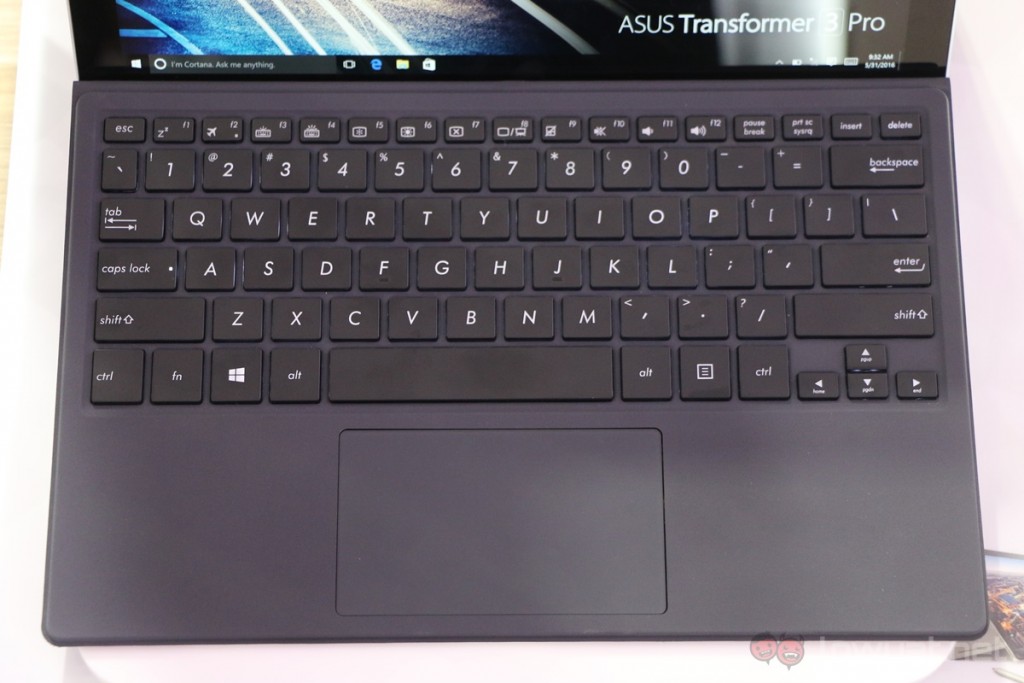

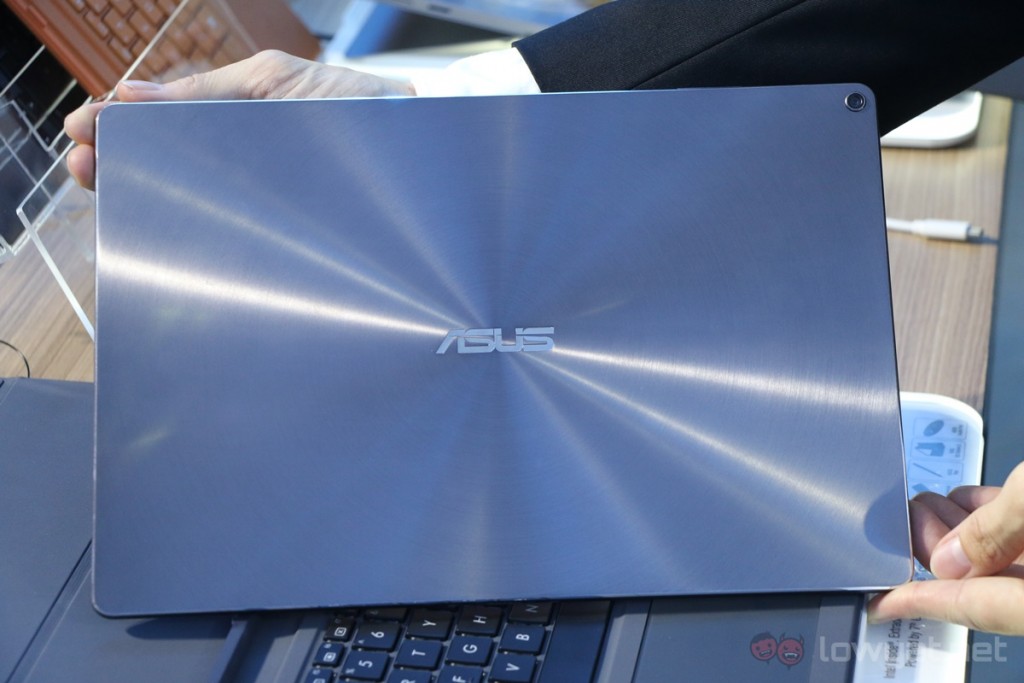
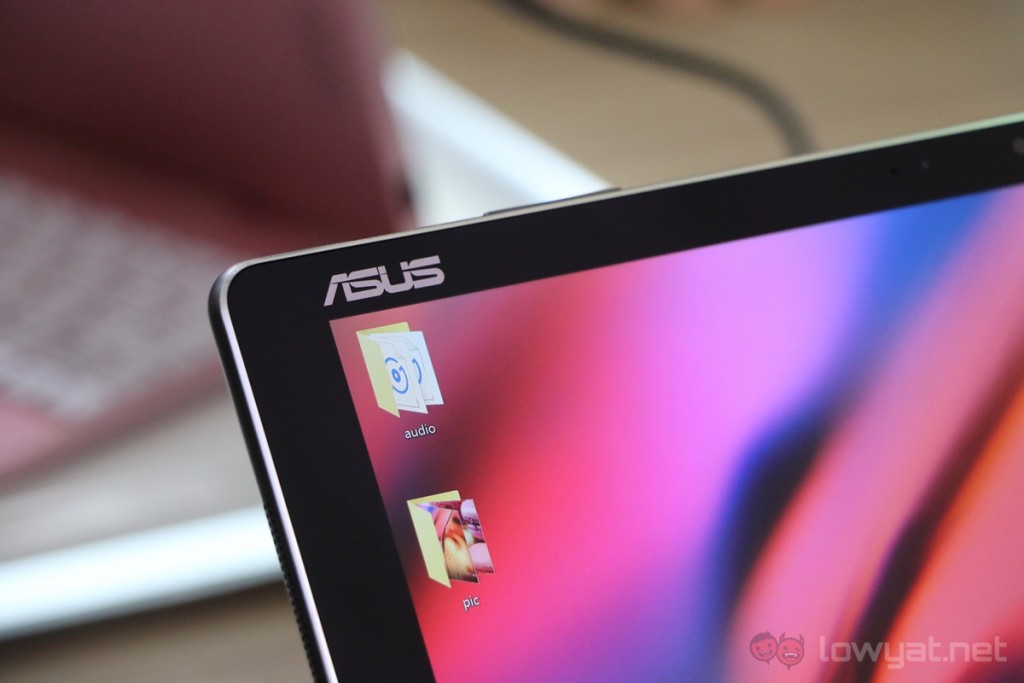
No comments:
Post a Comment